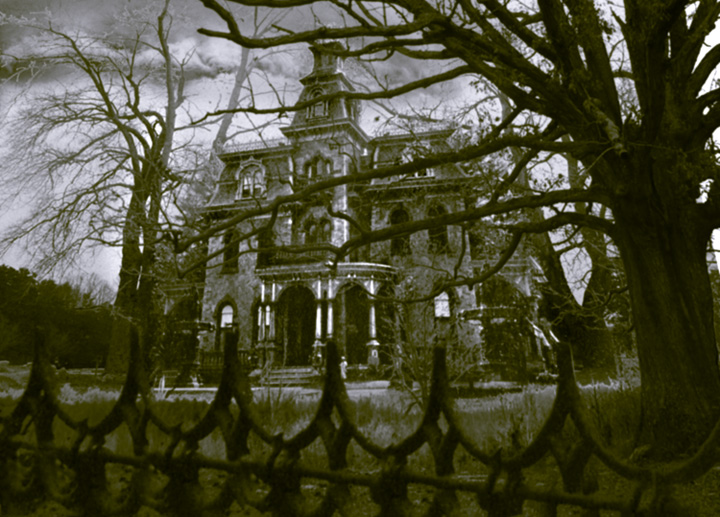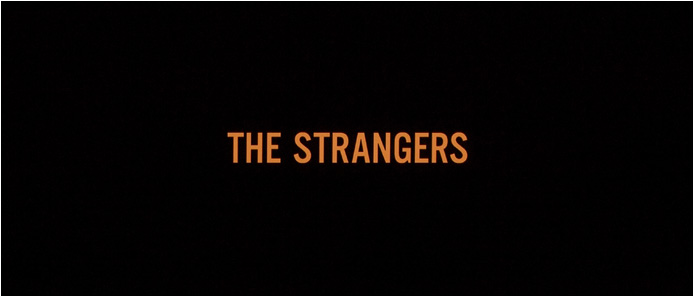1) In what ways does your media product use, develop or challenge forms and conventions of real media products?
There are a certain number of conventions that horror/thriller films all have in common that we've looked at and incorporated in our sequence, whether we've used it or challenged it and done the opposite. Thriller films often have the same themes such as suspense and mystery throughout the film, a high about of anticipation towards what will happen next and a lot of uncertainty; it aims to keep people on the edge of their seats and keep them guessing towards what happens next.
The horror genre was our main genre that the film is based on, and also has many indicators to make it clear the genre of this film:
The horror genre was our main genre that the film is based on, and also has many indicators to make it clear the genre of this film:
- Darkness - it surrounds the character; very little light, sometimes just the single ray upon them.
- Victim - teenage/young girl, vulnerable, innocent, harmless, 'easy prey'
- Isolated - often the house or victim is in isolation e.g. in 'Scream' (Craven, 1996), Drew Barrymore is home alone in a large house, making everything seem more sinister.
- Contrast - the blacks seem darker and the light seems brighter even though there may be very little of it, and the emphasis of the colour red.
- Gore - death is prevalent in every horror film and is always gory to emphasise it more and make everything a bit more real, making it seem even scarier.
- Suspense/Mystery - all horror films run of suspense and mystery, as do thrillers, to keep the audience intrigued and keep them guessing till the end, the very best horrors do well to shock the audience right at the end and leave a lasting image with them.
An opening sequence very much like ours but just with a different narrative is ‘Scream’, where Drew Barrymore’s character is alone in her house and the phone is the main source of all the fear, no action actually takes place for quite a while until she sees her boyfriend out by the pool.
I wanted a slightly slow opening to the film in which the tension builds up slowly bit by bit, which is how most horror films do start rather than just jumping into the story too much. However, due to time constraints to only 2 minutes of a final sequence, we had to bring a bit more story in and display the generic horror themes a bit sooner than wished.
Todorov’s narrative theory that all stories begin with equilibrium where things are in balance before they are disrupted by some event or series of events can be applied to our opening too. The opening starts in equilibrium as mentioned, calm before the storm in a way, and the tension builds up with the messages until the final part right at the end of the opening. The audience thus want to see the rest of the film to see what happens to the girl and find out what it is ‘they know’ which is mentioned in the message.
Of the 5 codes that Barthes outlines, the Enigma code is the most prevalent in most horror and thriller films, and is seen in our film too. The start of the messages build up the sense of a mystery being set up and that there is more to the girl that meets the eye; and as this story develops more is revealed about the girl and the narrative becomes clearer until the resolution at the end. We begin to ask questions in the last message as to what they could know and why she's so worried about it.
Of the 5 codes that Barthes outlines, the Enigma code is the most prevalent in most horror and thriller films, and is seen in our film too. The start of the messages build up the sense of a mystery being set up and that there is more to the girl that meets the eye; and as this story develops more is revealed about the girl and the narrative becomes clearer until the resolution at the end. We begin to ask questions in the last message as to what they could know and why she's so worried about it.
Propp’s idea of the character roles that should be filled in every film doesn’t become too obvious in the opening due to the short length of the sequence and the introduction of very few characters as Patricia’s character ‘Jade’ is the only person visually portrayed in the 2 minutes.
These theories can be seen in successful films such as ‘Se7en’ (Fincher, 1995) where there is equilibrium at the start before Morgan Freeman investigates the dead body. It doesn’t shock the audience too much but instead strings together a series of events which begin to intrigue the audience into finding out more about the narrative. It also only focuses on the main character at the start like our opening, with it all being about finding out more about Freeman’s character, the starting to our film focuses solely on Jade and then introduces the concept of her friend in trouble.
The style of the film is very cold and chilling, the titles are all just black and white. The white titles have a glow to them in the middle of the black screen, cutting to and from the events onscreen. The idea of having a very plain title was given to us by the opening to ‘The Strangers’ (Bertino, 2008).
'The Strangers' title
Titles created for our film opening.
We didn't want to have the titles to play over the screen and distract people from what was happening, but at the same time we didn't want to have gaps where nothing happened in the sequence and each title popped up. So we inserted them on top of the film and had them replace shots that would be dominant in the sound over the black screen, so that the action wouldn’t stop but the audience would just be left out in the dark, a bit like the rest of the opening where they wonder what’s happening and who she is talking about in the message. The music stays calm throughout the opening, whilst being enticing and suggesting something may still be coming. It changes as the message gets more worrying and becomes faster and a bit louder, more going on in the scene and therefore more audio to build the tension in the atmosphere.








No comments:
Post a Comment